Connected Ambulance Demonstrator
Marketing

Read on to find out about our connected ambulance demonstrator and the work our Health and Wellbeing and Ubiquitous Connectivity teams have been doing to develop a multitude of communications options on board, in preparation for a full healthcare connectivity development and test centre.
Why do we have an ambulance?
The Health Living Lab at Westcott is a planned development that will house a range of communications technology integrated in demonstrator ambulances and care pathways more broadly. The aim of the Living Lab is to create a changeable environment where organisations can test new ideas and ways of working within the healthcare sector, to enable the development of diagnostic and communications products and services. The Health Living Lab will be a space for developing new services and capabilities for healthcare pathways enabled by connectivity (satellite and terrestrial comms of 5G and 4G) with a focus on keeping people out of hospitals and A&E.
As a pilot to the Health Living Lab development, and alongside NHS Arden & GEM CSU, the Catapult purchased an ambulance, which is currently located at the Westcott Venture Park alongside our 5G Step-Out Centre. Over the last few months, our satellite connectivity team have been renovating the ambulance and adding communications technology – both for satellite and terrestrial connectivity – throughout, including a range of antennae on the roof.
Communications Equipment and Networks
The demonstrator ambulance is currently set up with the following equipment and network receivers:
Satellite communications
Several different satellite terminals are deployed on the roof of the ambulance to provide connectivity to rural areas or locations where there is poor coverage from cellular networks, as satellite communications can provide truly global coverage. Each satellite terminal deployed on the ambulance differs in throughput capabilities and data plans, and aim to target different end-user demands and requirements considering connectivity and cost. Additionally, through integrating a blend of terrestrial and satellite communications, a hybrid solution is in place that seamlessly utilises the best communications solution (or a combination of solutions) depending on the importance or size of the data that is needed at the scene of an incident.
Terrestrial communications
Both 4G and 5G terminals are also in place on the ambulance. The ambulance has novel 4G antenna system that is capable of tracking the best 4G signal, improving coverage and data rate, and is 4G emergency services ready when the required network is launched in 2021. The 5G connectivity is complementary to the 4G, offering much greater bandwidths that connected ambulances will need in the future. Terrestrial communications are ideal for urban areas, with 4G offering voice and some data and the 5G networks offering further opportunities such as multiple HD camera feeds, IoT (Internet of Things) inventory management and the ability for the use of high definition scanning equipment to be used at the scene.
Local connectivity
Wi-Fi is also incorporated into the ambulance to provide a hotspot bubble of connectivity within range of the vehicle. This could be used, for example, when attending an incident and requiring connectivity from inside a patient’s home or outside at a distance away from the ambulance, allowing patients to be assessed and treated without the need to move them.
As mentioned previously, all communication terminals can be used simultaneously or prioritised by data rate or cost automatically. This is via Communications Bonding software that is capable of prioritising and optimising data to ensure essential information is sent to paramedics and NHS staff more quickly, without loss of quality and with no user intervention.
Connected Ambulance Next Steps
The integrations are being followed by a series of evaluations on the performance of each terminal and equipment option, in terms of data throughput, cost, power consumption and weight, in order to create a menu of options based on performance of each factor and prices. This will be used within the future Health Living Lab to allow partners to define a customised environment for their project and produce a cost/benefit analysis; for example, a configuration for high speed transfer of data in one setting for an autonomous system, and large amounts of data in another setting for video streaming to hospitals.
Additional technology will continue to be considered for new adaptions and enhancements to the Health Living Lab offering, with the end goal of having a facility that offers trials as a service and a development environment for health and social care communications solutions.
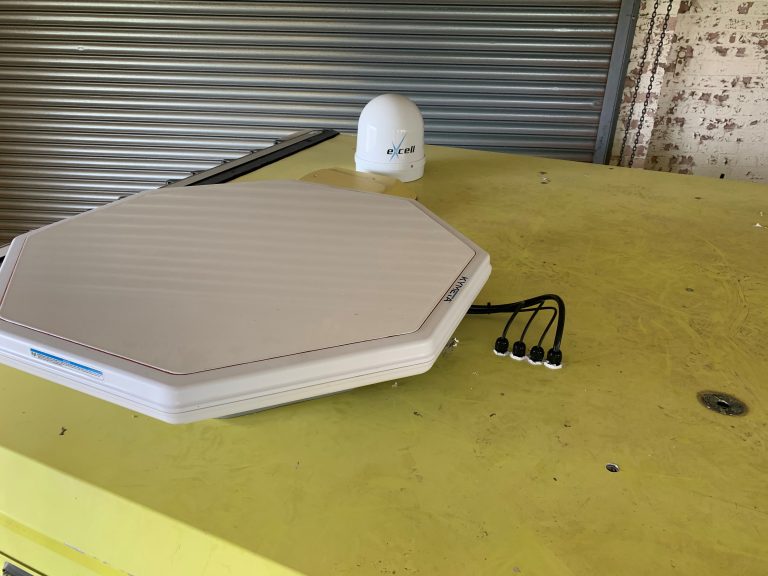
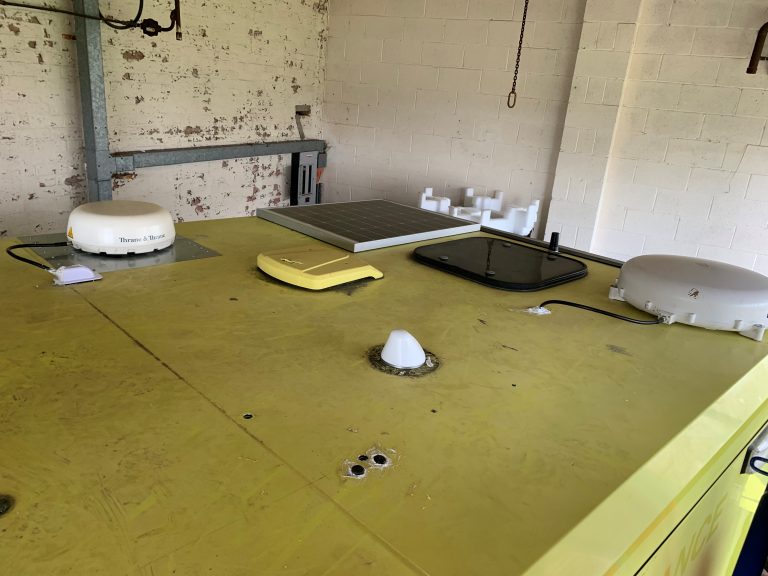
Antennas & receivers installed on the roof of the ambulance
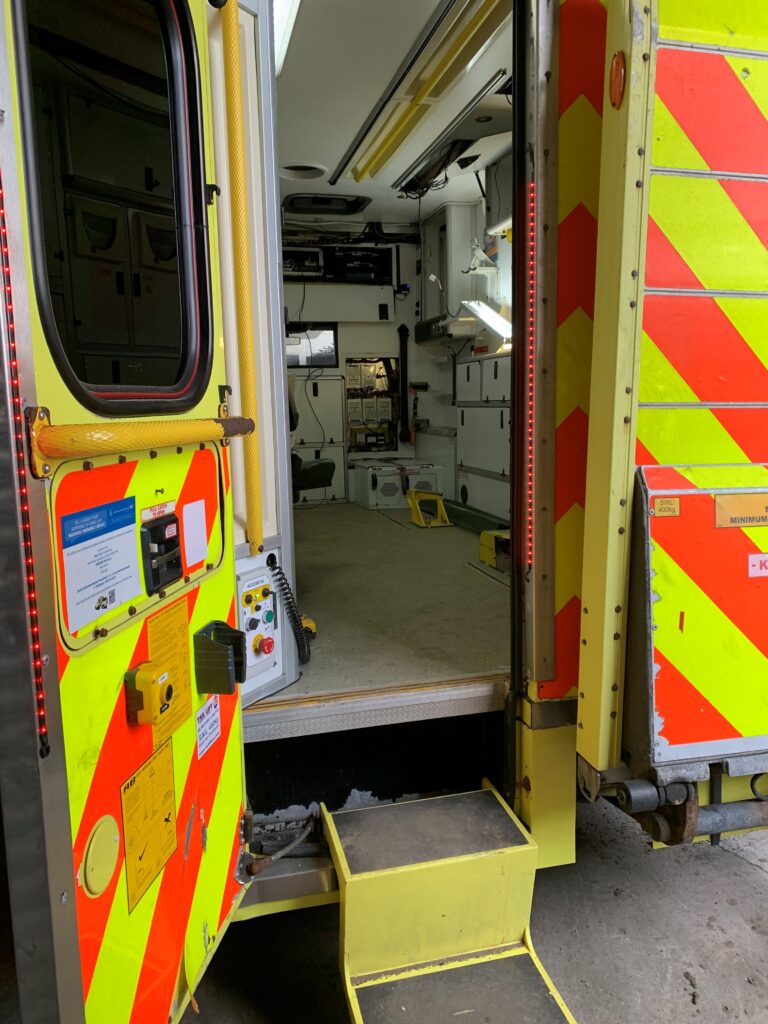
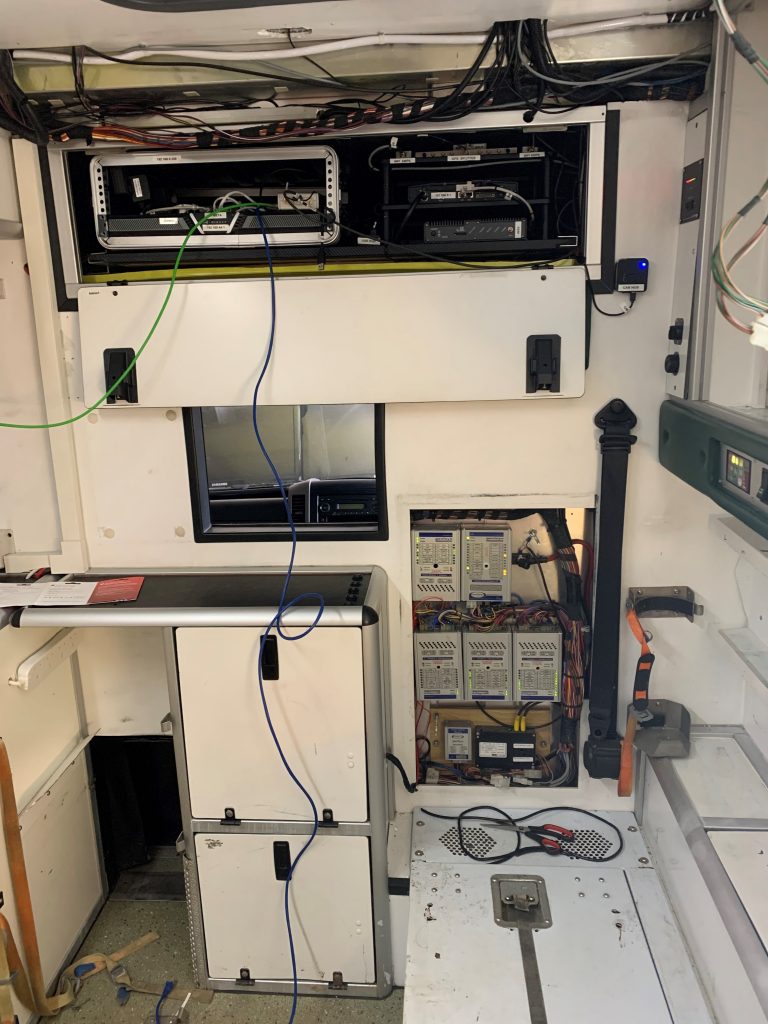
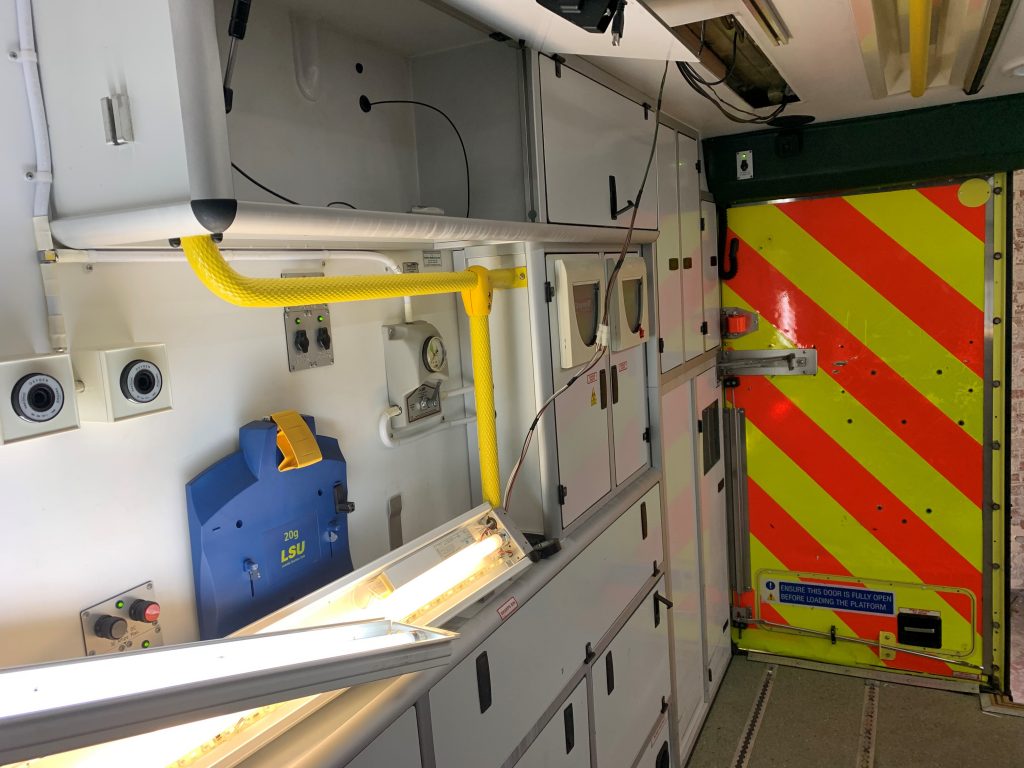
Control panel and communications equipment that has been installed in the ambulance
Exciting Aspects of the Project
Everyone working on the project is really motivated by the fact that the ambulance technologies will improve communications capabilities between ambulance services and hospitals. As a result of these improved communications, this will help to improve the healthcare system throughout the UK as response times improve, enabling more patients to be cared for within a shorter time and freeing up critical resources that the NHS can use to deal with the increasing healthcare demands.
Additional Information
If you would like to know more about our work on this, in the wider health and wellbeing sector, or other aspects of the Catapult, please get in touch with us at health@sa.catapult.org.uk. Find out what else we’re up to in the healthcare sector here: https://sa.catapult.org.uk/markets/health-wellbeing/ or find out more about the Health Living Lab here: https://sa.catapult.org.uk/living-lab/.




